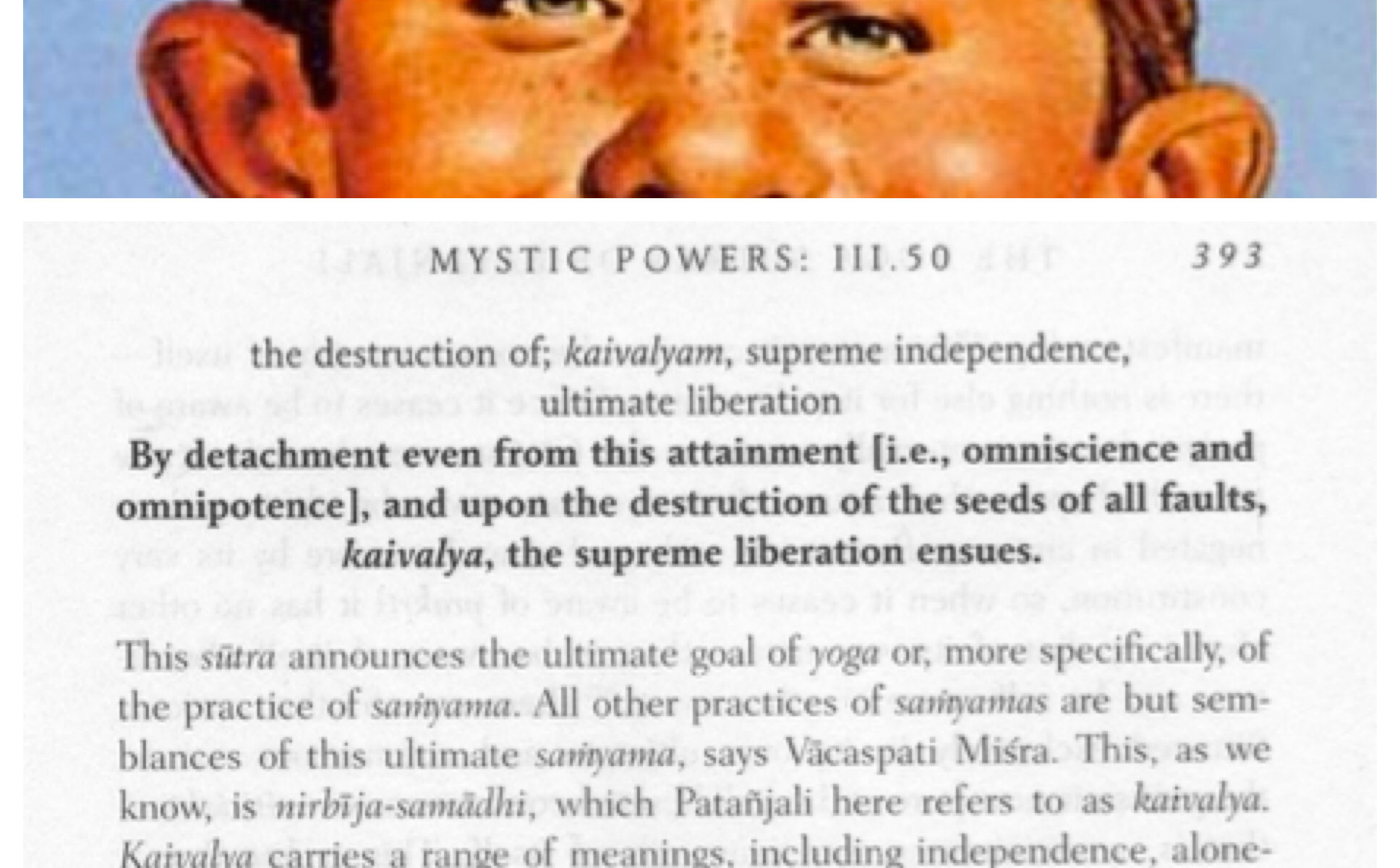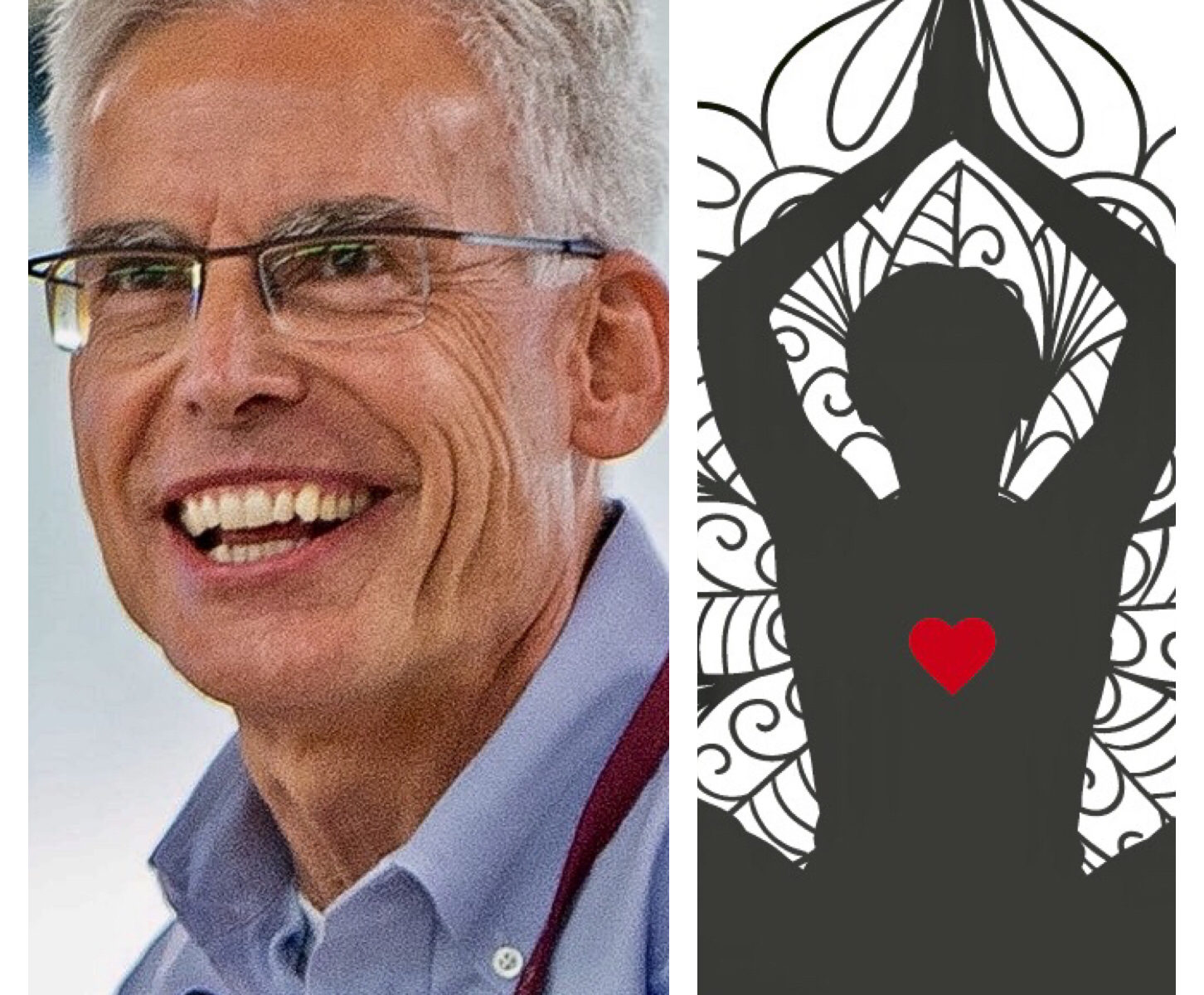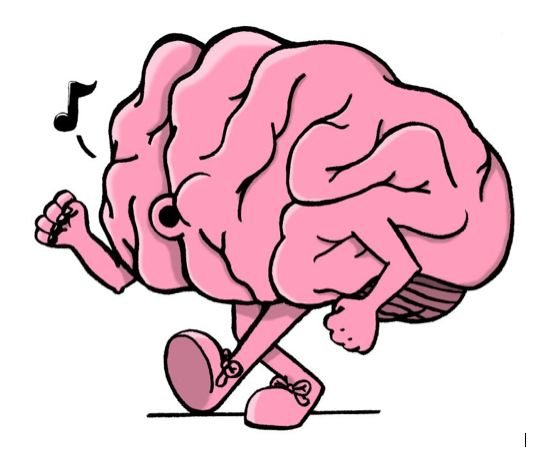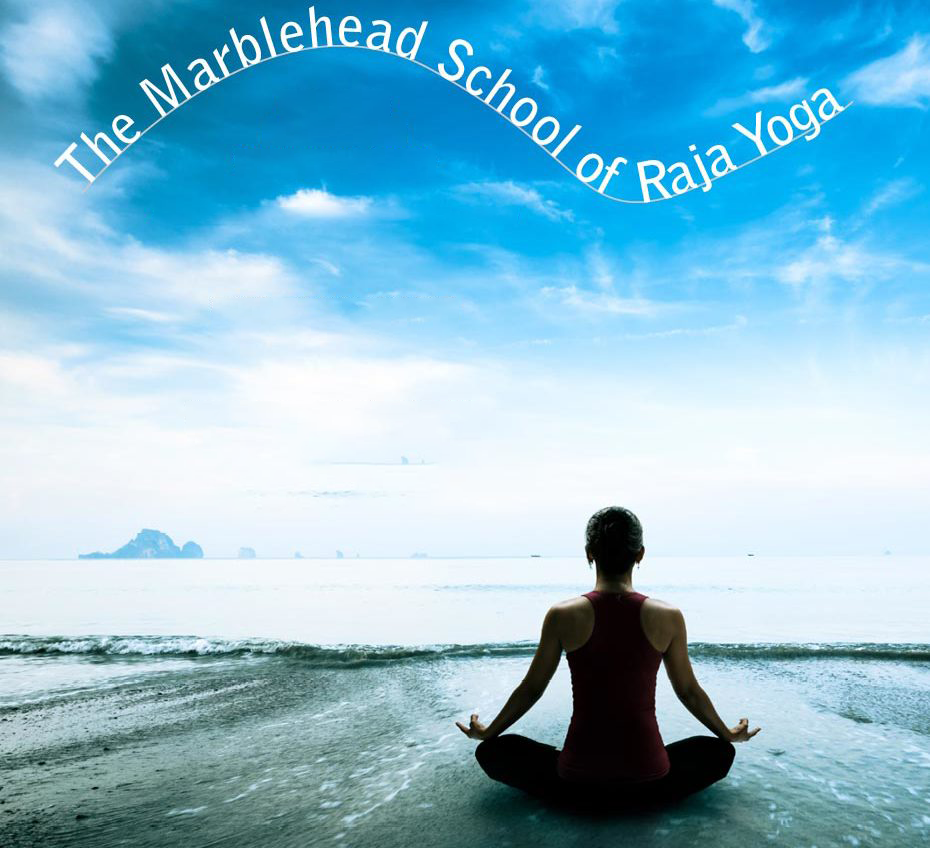I had my mind blown today by Qigong Master Michael J. Leone.
Wow.
The parallels between Qigong and Raja Yoga are uncanny. Master Leone mentioned that the source of the Chinese discipline of Qigong was probably Hindi Sanskrit. Guess what language Patanjali codified the Yoga Sutras in? 😉
Like Raja Yoga, Qigong is an individual, holistic discipline intended to personally restore one’s own physical and mental imbalances. Qigong exercises include moving, breathing, and visualizing.
While the similarities in theory, practice and origin are mind blowing, there seem to be HUGE differences between the Chinese and Indian practices, including:
#1 Consciousness is the Holy Grail of Raja Yoga
Consciousness is awareness; without it we wouldn’t realize we were alive. In the Qigong tradition, consciousness is referred to as Shen.
Raja Yoga reverentially attributes some sort of holistic, energetic, visceral, mind-bending, life-transforming reaction to witnessing consciousness – not just the realization that we literally exist in three dimensions: body, mind, and consciousness – which alone can be paradigm-shifting in a “A THIRD DIMENSION?! WTF?!” kinda-way – but literally stilling the mind and body to the point of feigning death, so that without anything else to be aware of, our permanent, immutable consciousness becomes self-aware, after which apparently we’re never the same.
We are all conscious, but ironically, we’re not innately aware of that distinct aspect of ourselves or it’s permanence – at least as far as THIS body and mind are concerned! – while all the rest of our self (our energetic body and mind) is constantly changing (or more dramatically, “dying”, as Master Leone all too accurately points out!)
Shen is obviously an aspect of each of us because we realize we’re reading this – but it’s an aspect you won’t find described in ANY anatomy book – because it’s literally of a different dimension! It never changes! It literally isn’t affected by time and space. Our thoughts change constantly; however, our awareness OF those thoughts as they pass by, never does.
Coincidently (not!), another teacher of mine – from a completely different background – has been trying to get me to see consciousness or Shen the same way: without the reverence. She agrees that we should NOT think MORE of our ethereal, eternal, omnipotent, omniscient, immutable consciousness than we do our miraculous, albeit dying energetic body/mind.
Sorry, but I chose to see consciousness as I was taught recently by Amma: as essentially divine.
#2 Qigong seems MORE universal – if that’s possible!
While the intent behind the two disciplines’ exercises may be similar: enhanced physical control, strength, flexibility and range of motion, the physical methodologies are very different: Raja Yoga advocates poses (emphasizing stability), while Qigong advocates slow, rhythmic, choreographed movements (emphasizing mobility).
Raja Yoga’s posture practice is intended to facilitate lengthy seated meditation. While there’s no question that practicing postures fosters strength and flexibility, and makes it easier to sit very still for long periods of time, unfortunately, without modification, not everyone can do them. However, Qigong’s “small-frame” rhythmic movements can be done to some extent by virtually everyone.
The entire premise of Master Leone’s Restorative Medical Qigong protocol is to bring one’s energetic body/mind back into balance. Sounds an awful lot like you-know-what!
#3 There’s less original evidence of the practice of Raja Yoga, simply because it predates an alphabet!
Qigong honors every teacher in its lineage, referring to “the line”: teacher to one side, student to the other – dating back to the origin of the practice.
Not surprisingly, the Indian lineage is a bit more clouded. No explanation of the practice of Raja Yoga remains from prior to Patanjali “codifying” it in his Yoga Sutras some 3,000 years ago. Patanjali is a legendary figure; there’s no specific remaining evidence of who he was, when or where he lived – because he lived before an alphabet had been invented! He constructed – in his mind – not with pen and paper – a 200-line poem that was passed from teacher to student verbally for centuries before the Sanskrit alphabet was developed. His poem is one of two universally recognized authoritative works on Raja Yoga; the other is the Bhagavad Gita.
#4 Qigong doesn’t seem to distinguish between our conscious and sub-conscious mind, whereas Raja Yoga makes the following distinctions:
Conscious mind is our thinking mind: the aspect we’re aware of; we either use it to make decisions or we listen to it: it’s the narrator or “monkey mind”. Interestingly, this aspect of our mind can literally only do one thing at a time (try counting and reciting the alphabet simultaneously!)
Subconscious mind is the aspect that controls bodily function and memory storage (the things we’re generally not conscious of). This aspect of our mind performs countless functions simultaneously, and can be trained to do more through repetition!
Consciousness, or Shen is the awareness OF our thoughts, or what registers between our ears, including how we feel, what we see, hear, taste, and smell.
Exercise:
Remember, conscious mind can only do one thing at a time, and we’re literally unaware of the functioning or commands of our sub-conscious mind. Do a math problem in your head. Two things just happened simultaneously: (i) your conscious mind performed the math problem, while (ii) your consciousness was aware OF your conscious mind doing the math problem – while your sub-conscious mind was otherwise occupied circulating your blood, holding you upright, breathing, and so on.
Personal notes
The above observations are based on only a few hours of moving, breathing and visualizing under the direction of Master Leone – but I’m hooked. Qigong and Raja Yoga in NO WAY contradict one another (remember: there’s only one Truth!), and compliment each other wonderfully! I’d gin up something about the similarities between the disciplines, but that would be a MUCH longer blog, and I have class in the morning!
Namaste! (Not one of Master Leone’s favorite expressions!) ;-)!












